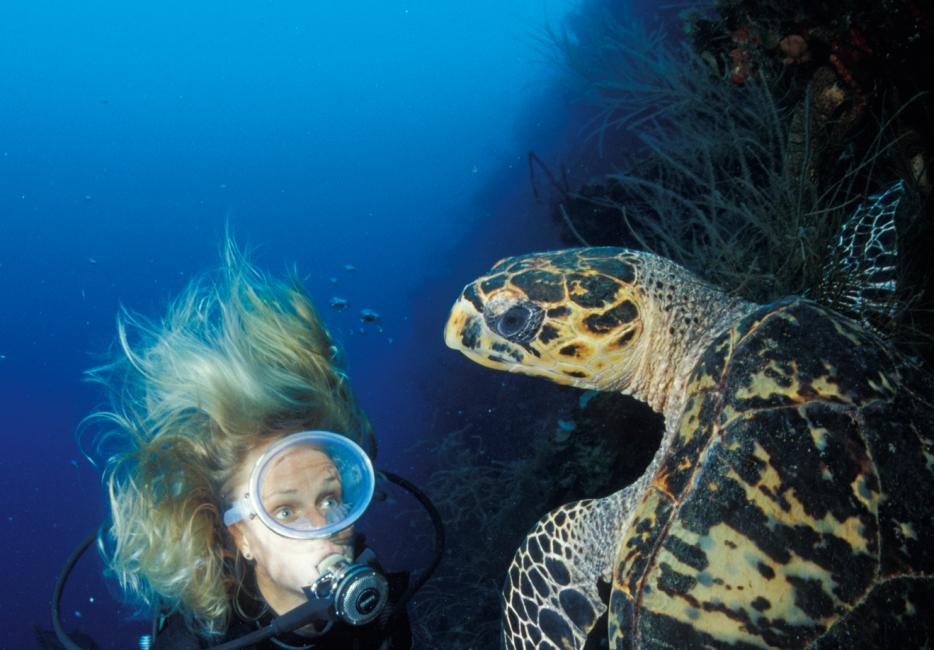
Sea turtles: earth's ancient mariners species:
Affected by: Fisheries , Illegal wildlife trade , Climate change
Marine turtles have been in our oceans for over 100 million years. They’re brilliant navigators, swimming hundreds or thousands of kilometres between feeding and nesting grounds. But they face lots of threats along the way – so we’re doing all we can to help them.
Marine turtle population estimates (including those stated above) are based on the number of egg-laying females – we can’t be sure of the numbers of elusive sea-dwelling males, or females that aren’t breeding. But we do know at least six of the seven species are at risk of extinction.
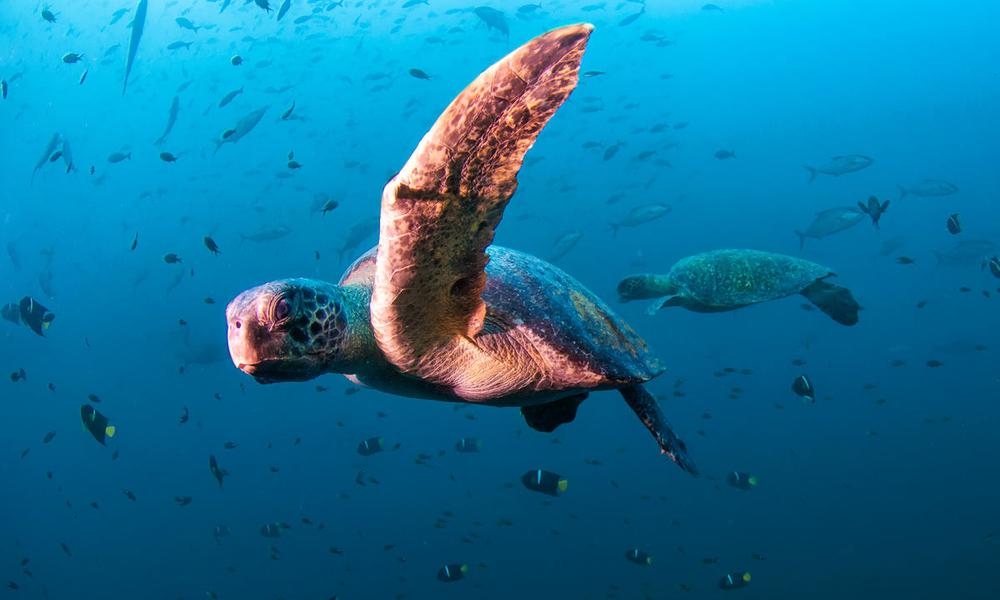
Where marine turtles live
Where marine turtles live
Marine turtles are found in most of the world’s oceans, apart from cold polar seas. They tend to spend their lives in relatively shallow continental shelf waters.
Once mature, male turtles never leave the sea, but females come ashore to lay eggs – typically on the same sandy beach where they themselves hatched.
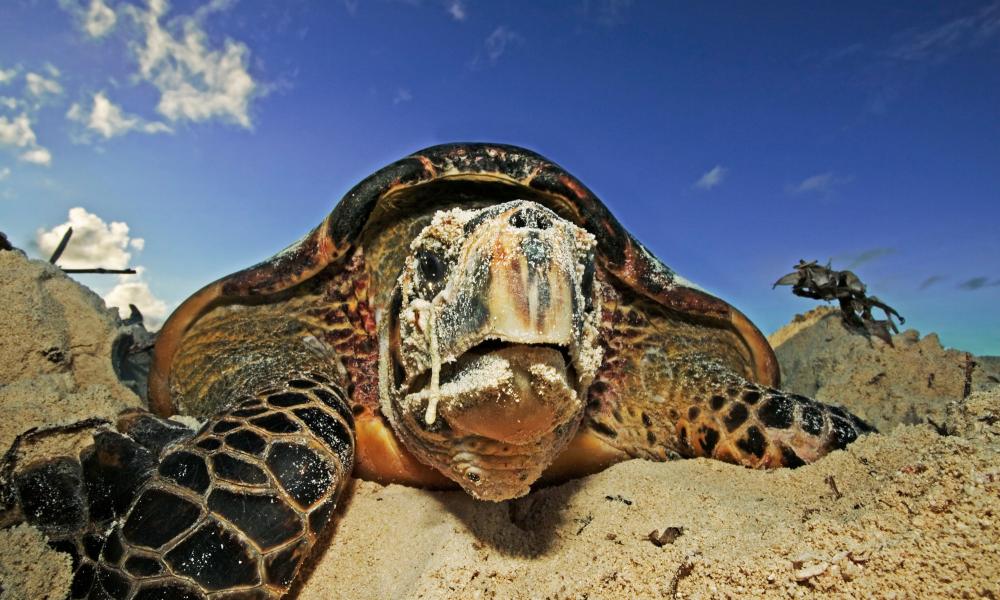
Why marine turtles are so important
Why marine turtles are so important
They might not look like voracious killers, but some turtle species are actually important predators that help to keep ocean food chains healthy.
For example, hawksbill turtles eat lots of sea sponges, which would otherwise out-compete reef-building corals. So the turtles help to protect the coral reefs, which are crucial for the survival of many other creatures.
The leatherback turtle is a big eater of jellyfish, which helps stop jellyfish depleting fish stocks – which benefits other animals in the food chain, as well as people.
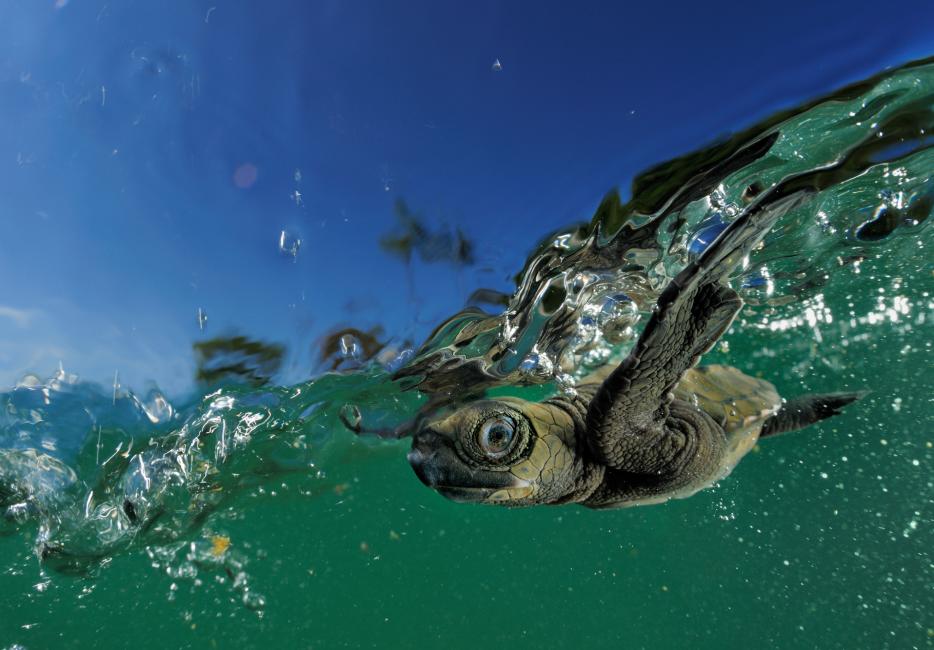
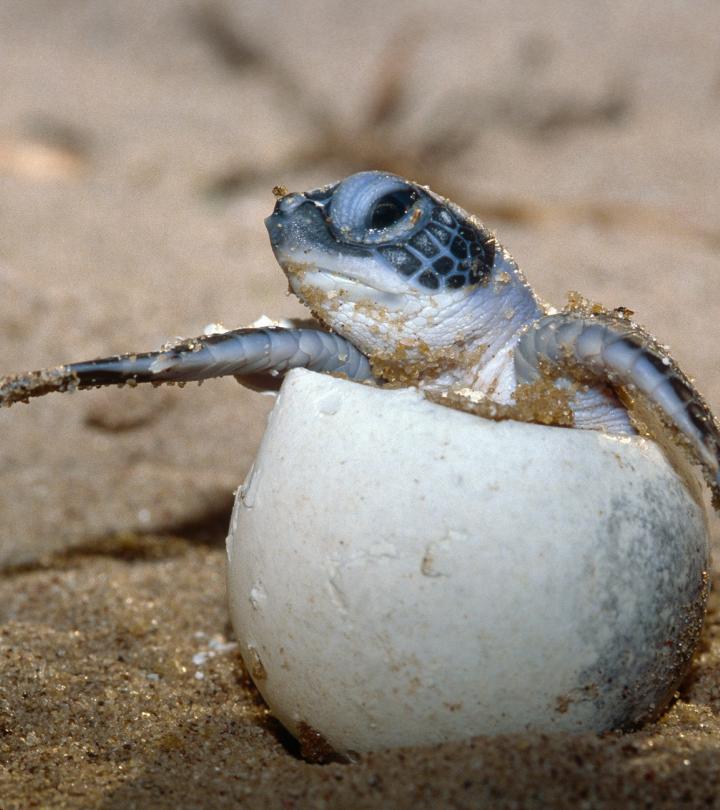

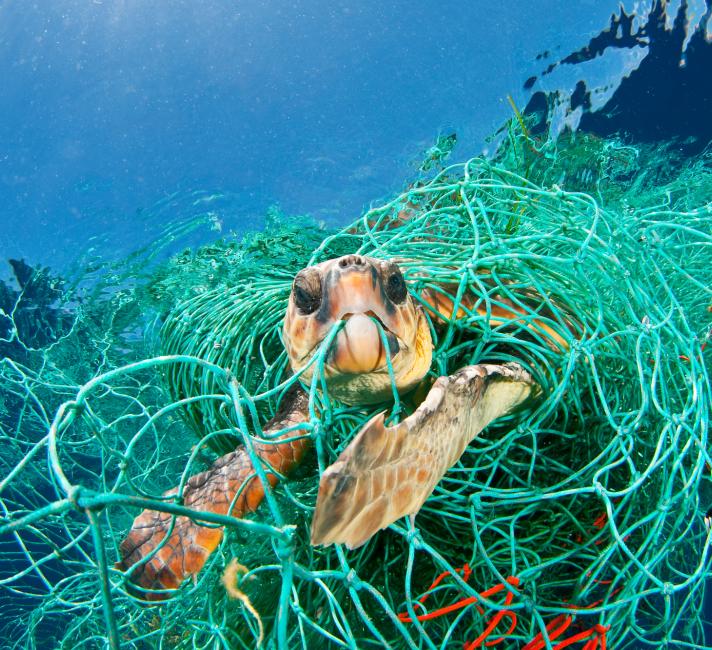
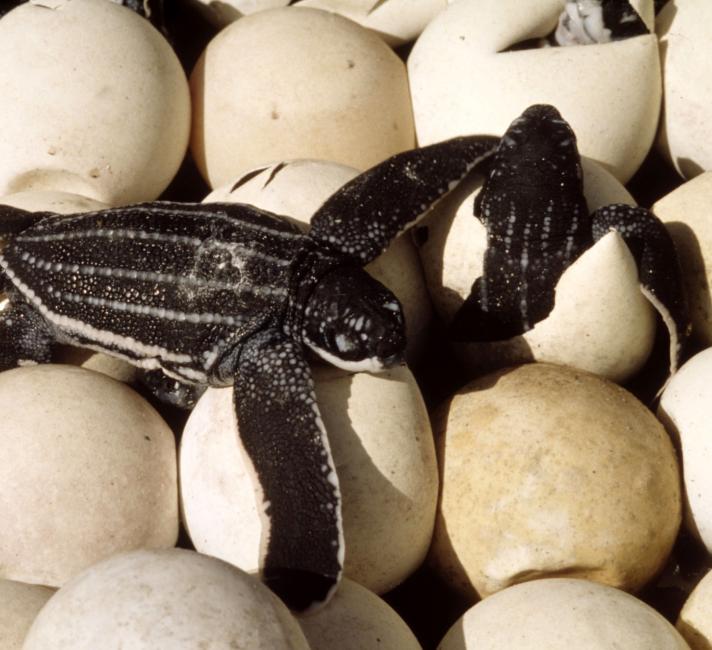
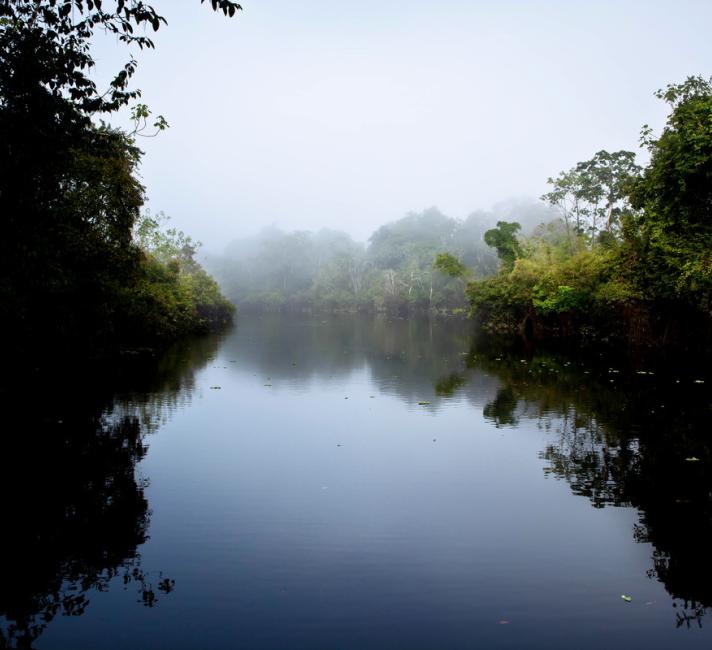
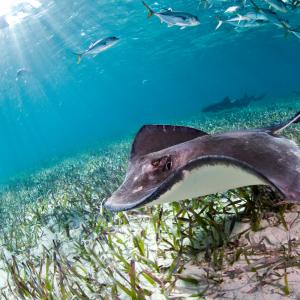
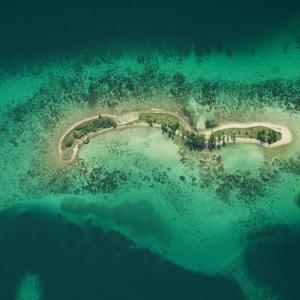
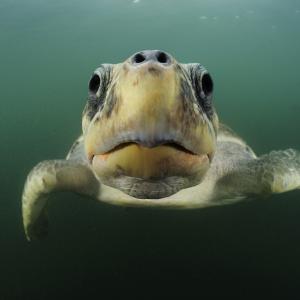 Top 10 facts about marine turtles
Top 10 facts about marine turtles
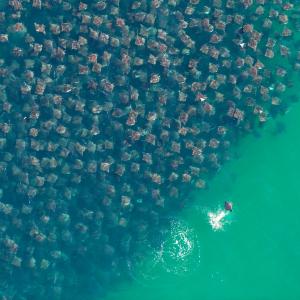 Learn about our oceans and marine life
Learn about our oceans and marine life
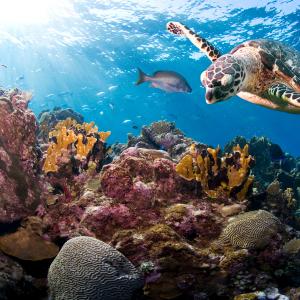 Marine turtle quiz
Marine turtle quiz
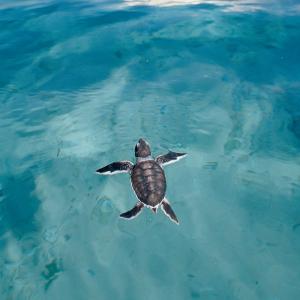 Adopt a turtle
Adopt a turtle